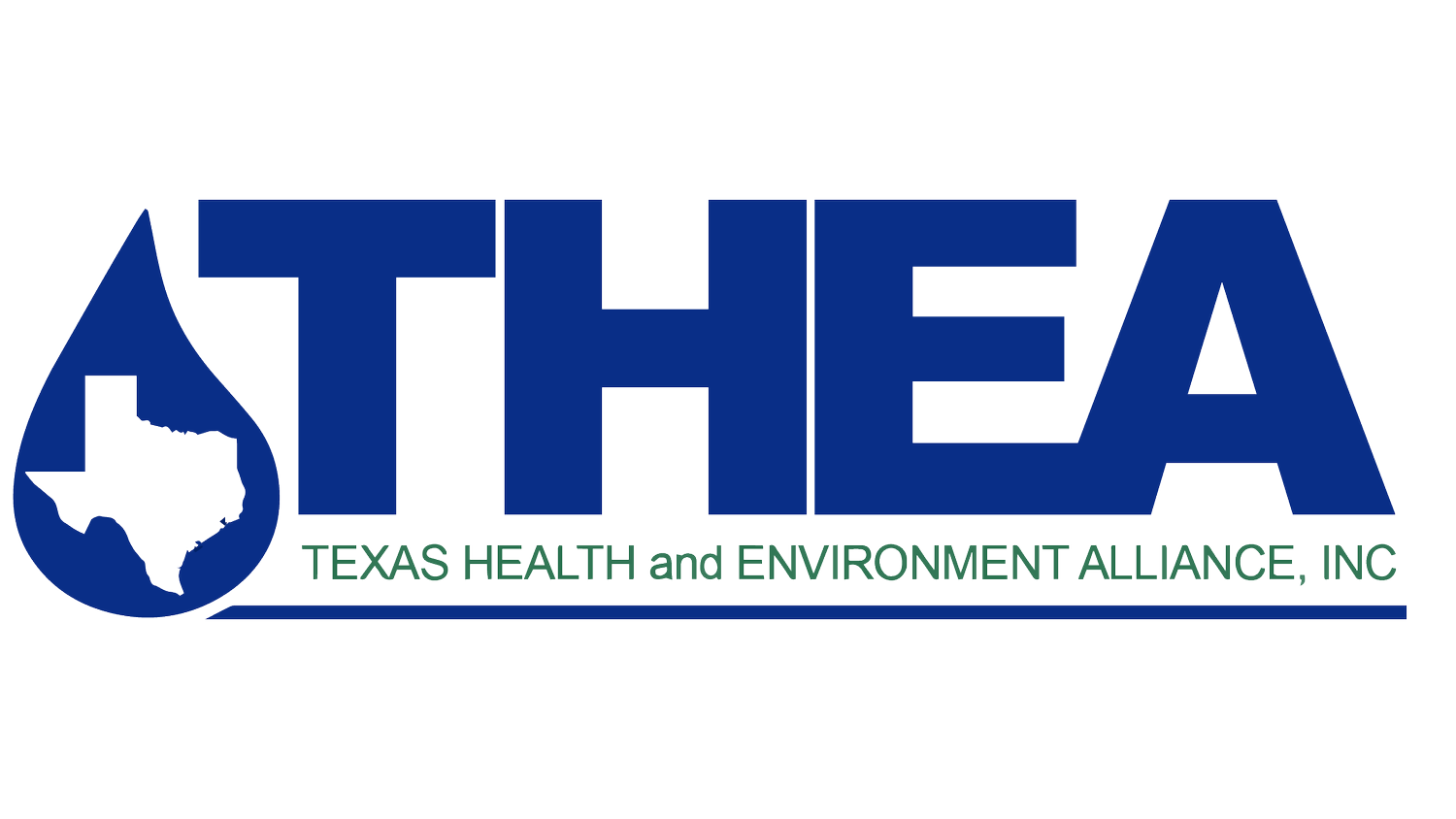San Jacinto River Environmental Concerns Take Front And Center
Urgent: Let’s Fix This! Please sign on to our letter to the state and the EPA urging them to take action to remove the Northern Waste Pit threat and address the cancer rates in the nearby communities.
San Jacinto River Residents Score Victory Against Dredging
Last April, the Army Corps of Engineers approved a permit to remove the rock breakwaters and dredge near the San Jacinto River Waste Pits Superfund Site to allow a barge company to expand its fleeting area. The action came over the objections of local residents and THEA who were concerned that the dredging and increase in barge traffic could release more dioxin and other contaminants into the river and Galveston Bay. Hundreds of residents wrote letters expressing their concerns and we requested an environmental impact study prior to the permit approval and the Corps ignored the community requests.
So we sued. The legal group, Earthjustice, filed a lawsuit on our behalf alleging the agency improperly fast-tracked the permit which ignored community concerns and failed to properly assess the environmental impacts before giving the dredging project the green light.
Now, the community has won a big victory. In a letter to Holtmar Land, LLC, the company that requested the permit, the Corps directed Holtmar to “to stop all activities previously authorized” under the permit. The Corps said the suspension “is in the public interest because the correct permitting pathway is in question.”
This is not the final decision, but it means the work needs to stop while the Corps considers whether fast-tracking a permit in the area was the appropriate path..
It also means that, since the community, recreational boaters, and businesses all share the use of the river and the bay, companies and agencies can’t just ignore the concerns of residents.
THEA Submits Comments Opposing Latest Cleanup Plan For Superfund Site.
The EPA is currently considering the plan for cleaning up the Northern Pit of the San Jacinto River Waste Pits Superfund Site. On February 26, THEA sent comments formally opposing the plan as currently written. The plan is the latest in a series of plans submitted by the companies responsible for the toxic waste site, International Paper and Waste Management, the parent company of McGinnes Industrial Maintenance Corporation.
After reviewing the hundreds of pages of technical material, THEA informed the EPA that “we find that the design package remains incomplete and lacks critical elements necessary for the comprehensive and effective remediation of the complex site.”
THEA points out in the comments that the Responsible Parties, RPs, agreed to produce a plan nearly seven years ago and still haven’t produced an acceptable final document. As THEA states,
Given these significant concerns, we do not support the revised 100% RD as a complete design package. We urge the EPA to use the agency’s legal authority granted under CERCLA to expeditiously remediate this site for the sake of efficiency and protection of the community and the environment. We appreciate the EPA’s ongoing efforts to remediate the San Jacinto River Waste Pits Superfund Site but the process has been allowed to stall for far too long.
Highlands Environmental Health Gets National Focus
Highlands residents have been alarmed about the number of family members and friends who have battled cancer. Sometimes it seems like their concerns fall on deaf ears. On March 6th, the national Environmental Health Network published a video op-ed we produced to call attention to the cumulative impact of environmental problems on the people of Highlands.
Investigative Series Focuses On San Jac Area Communities
Investigative Series Focuses On San Jac Area Communities
The area is also coming under the investigative spotlight thanks to a podcast series produced by Public Health Watch. The group is launching a four-part series about the high cost community members pay for the unchecked environmental problems near Channelview and Highlands.


